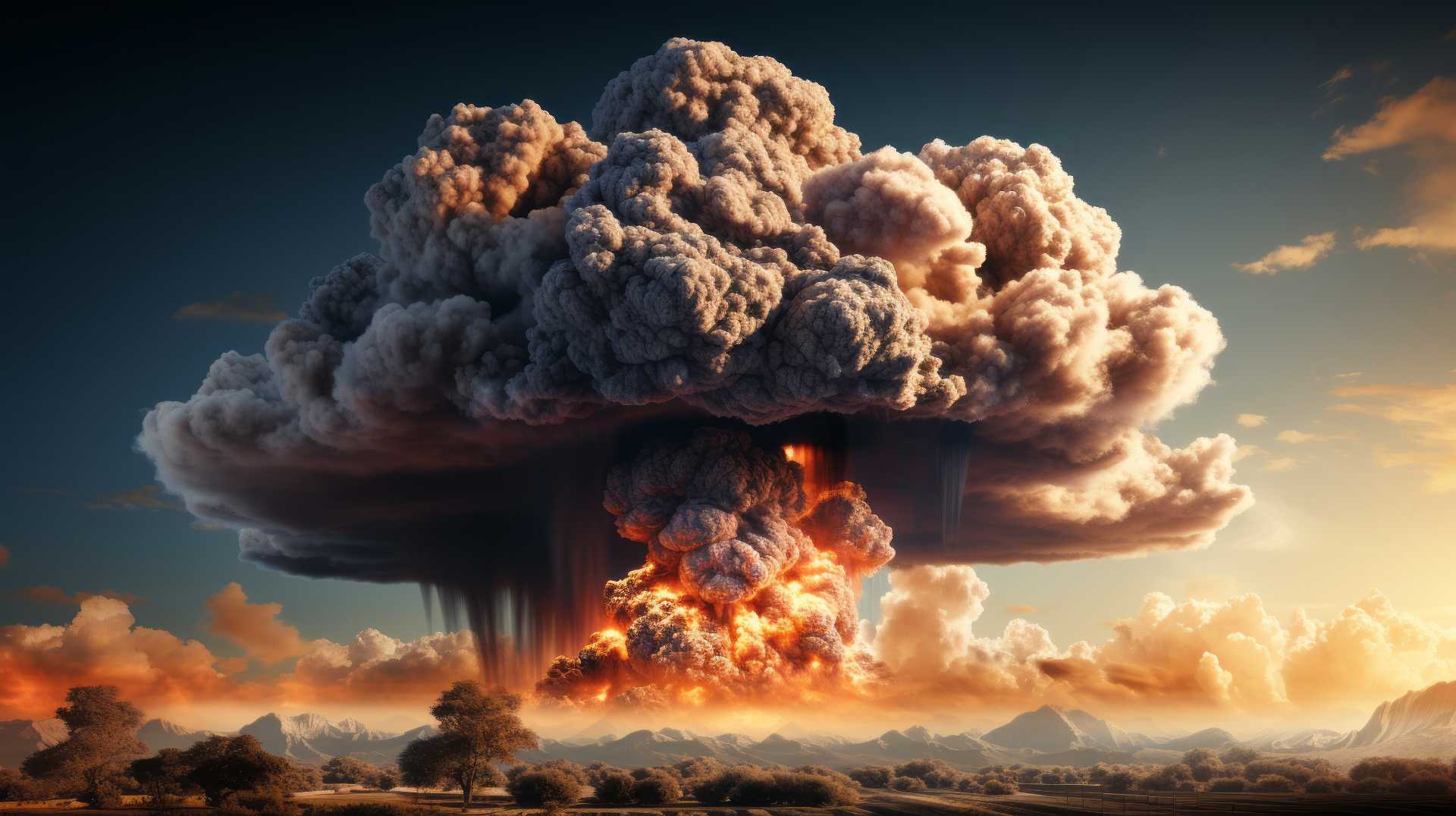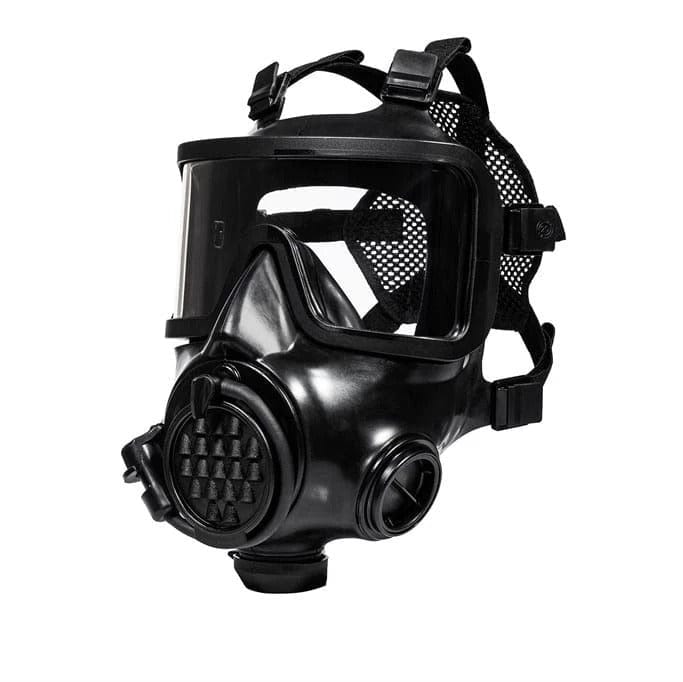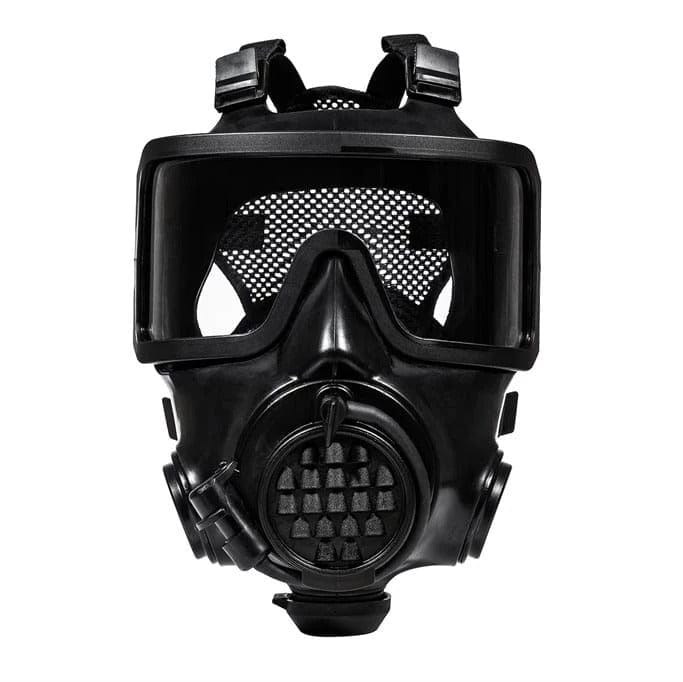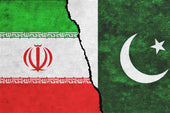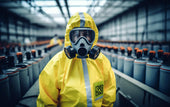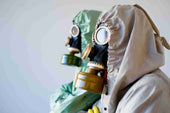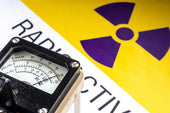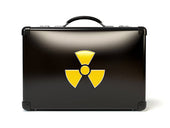Doomsday Scenario: An Overview
 To begin with, let us define the word "doomsday." Doomsday is a time of crisis or great danger and is believed to be the last day of the world's existence.
To begin with, let us define the word "doomsday." Doomsday is a time of crisis or great danger and is believed to be the last day of the world's existence.
With that said, have you ever wondered how the world would end? Perhaps underground monsters will ascend to kill all humanity? Or a giant asteroid will hit and destroy our planet. Who knows? A nuclear winter may take place and make survival impossible. These are just some doomsday scenarios that could happen tomorrow, the next day, or shortly.
In this article, we will talk about the different doomsday scenarios that could destroy all life forms.
Doomsday Scenario Categories
Asteroid Impact
The first on the list is a scenario (natural disaster-related) where an asteroid's impact will end the world for good. Cosmic interlopers can hit the Earth anytime, and beware: it won't take millions of years for it to happen.
A 200-foot-wide comet fragment had already slammed into the atmosphere. It exploded over the Tunguska region in Siberia, Russia, with nearly 1,000 times the energy of the atomic bomb dropped on Hiroshima —so, who's to say this can't happen again in the next few years?
Apart from this, there have also been claims about asteroid impacts that disrupted human civilization.
One of these was in 1490, in the Chinese city of Chi'ing-yang, where over ten thousand people were killed during the impact. Experts said that asteroid impacts are most likely to take over the ocean and, sometimes, the land.
However, it was not reported in the mainstream media because it only affected unpopulated areas.
It doesn't matter where these big asteroids land because even a half-mile wide—which strikes Earth every 250,000 years or so—can still create firestorms followed by global cooling from dust.
As such, it can cause major extinctions for all human civilization. Take, for example, the Kuiper belt, a zone just beyond Neptune that contains roughly 100,000 ice balls more than 50 miles in diameter. The Kuiper belt sends a steady rain of small comets here on Earth.
So, in the worst-case scenario, if one of the big ones headed right for us, it would be our doomsday.
Gamma-Ray Burst
If you could watch the sky with gamma-ray vision, you could think cosmic paparazzi were following you. One time each day or somewhere in the vicinity, you would see a bright flash show up, momentarily dominate all the other things, and then, at that point, disappear.
As such, these gamma-ray bursts, originating in distant galaxies, are powerful bursts with as much as ten quadrillions (one followed by 16 zeros) times as fiery as the sun. The blasts presumably result from the converging of two imploded stars.
Before the so-called cataclysmal event, such a twofold star may be imperceptible, so we'd have no notification ahead of time if one is sneaking close by. When the burst starts, be that as it may, there would be no chance for us to hide from its fury.
It would appear about as bright as the sun at a distance of 1,000 light-years — farther than most of the stars you can see on a clear night.
However, Earth's environment would at first shield us from the vast majority of the burst's destructive X-rays and gamma rays, with added risks. The strong radiation would cook the environment, making nitrogen oxides that would annihilate the ozone layer.
Without the ozone layer, bright rays from the sun would arrive at the surface at almost full power, causing skin disease and, all the more truly, killing off the tiny photosynthetic fish in the sea that give oxygen to the environment and support the bottom of the food chain.
But don't be scared yet. All the gamma rays observed thus far are very far off, which suggests that these occasions are rare.
Black Holes
Did you know that our galaxy is brimming with dark openings or what they otherwise call block holes? These imploded heavenly carcasses were simply twelve miles wide. Their gravity is so strong they swallow everything, even the light that could double-cross their presence.
Accordingly, there are about ten million black holes in the Milky Way. These objects orbit like other stars, so one is unlikely to be heading our way.
If an ordinary star was pushing toward us, we'd know it. However, with a black opening, there is minimal advance notice or warning.
Years and years before a nearby experience, stargazers would probably notice an odd bother in the circles of the external planets. As the impact developed bigger, making progressively exact evaluations of the area and mass of the interloper would be conceivable.
The black hole wouldn't need to come all that near Earth to bring ruin; simply going through the planetary group would misshape the planet's all circles. Earth could get brought into a curved way that would cause outrageous environment swings, or it may be shot out from the planetary group and rushed to a bone-chilling destiny in profound space.
Global Warming
The Earth is getting hotter, and researchers generally concur that people bear some fault. It's not difficult to perceive how global warming could flood urban communities and ruin harvests.
Lately, experts have cautioned that a milder planet could help spread irresistible sickness by providing a more reasonable environment for parasites and spreading the scope of tropical microorganisms. That could incorporate harvest illnesses, which, combined with significant environmental shifts, could cause starvation.
Impacts could be significantly more intense today. Environmental gases trap sufficient heat near the surface to keep things normal.
If the global temperature increases even more, there could be a terrible feedback effect. Water would dissipate quicker, liberating water vapor (an intense ozone-depleting substance), which would trap more intensity and drive carbon dioxide from the stones, driving temperatures even higher.
As a result, Earth could wind up like Venus, where the high on an ordinary day is 900 degrees Fahrenheit. It would presumably take a ton of warming to start such an out-of-control greenhouse effect. However, researchers do not know where the tipping point lies.
Gigantic Solar Flares
Solar flares, oftentimes called coronal mass ejections, are gigantic magnetic explosions on the sun that barrage Earth with a downpour of fast subatomic particles. Earth's atmosphere and magnetic field invalidate the possibly deadly impacts of conventional flares.
Yet, while glancing through old cosmic records, experts were able to track down proof that some completely typical-looking, sunlike stars can light up momentarily by up to an element of twenty (20).
Experts also believe these heavenly flickers are brought about by superflares, which are many times more remarkable than their normal cousins. Within a couple of hours, a superflare on the sun could broil Earth and start breaking down the ozone layer.
Furthermore, even though there is legitimate proof that our sun doesn't take part in such abundance, researchers don't have the foggiest idea why superflares occur by any means or whether our sun could show milder yet at the same time destructive ways of behaving. Considering that a lot of sun-based movement could be dangerous, an excessive bit of flares is also proven risky.
Moreover, numerous solar-type stars experience expanded tranquil periods, during which they become almost 1% dimmer. That probably won't seem like a lot, yet a comparable slump in the sun could send us into another ice age. Diminished solar activity or movement contributed to 17 of Earth's 19 significant cold episodes over the last 10,000 years.
Robots Take Over
Can a robot takeover cause our doomsday? It may sound silly, but actually, it is. People make brilliant robots that can betray us and assume control over the world. We've seen this in films, television, and comic books for a long time.
After such a long time, glance around, but no smart robots. However, it's been predicted that by 2040, machines will match human knowledge and maybe human awareness. Ultimately, it is possible for a harmonious connection between humans and machines, with the two converging into "postbiological" and able to extend their scholarly power or artificial intelligence unfathomably.
Alien Invasion
Just think of it this way: the galaxy, let alone the entire universe, is already unfathomably big for us to explore. So, what's to say that only humans (like you and me) exist?
Shortly, another doomsday scenario you can consider is when aliens could need assets from our nearby planet group (Earth's seas, maybe, brimming with hydrogen for topping off a combination controlled shuttle) and smack us to the side on the off chance that we disrupt everything, as we could excuse mosquitoes or creepy crawlies worked up by the logging of a tropical jungle.
When this happens, aliens could accidentally import pests with a preference for human flesh to get rid of us immediately.
On the other hand, aliens could inadvertently upset our planet or nearby planet groups while doing some vainglorious interstellar development project.
As a result, contact with extraterrestrial visitors could likewise be socially destructive. High-level Western human progress generally affects destructive developments it has interacted with, even in situations where each endeavor was made to safeguard and watch primitive civilizations.
In the end, doomsday can happen when aliens from another planet, galaxy, or universe with much more power than us decide to end all life forms at once.
Global Pandemic
If Earth doesn't destroy us, our kindred organisms may not hesitate to do so. Microbes and individuals have consistently coincided, yet sporadically, the equilibrium escapes just in time.
Take, for example, The Black Plague, which killed one European in four during the fourteenth century; the flu took something like 20 million lives somewhere in the range between 1918 and 1919; the AIDS epidemic has delivered a comparative loss of life and is as yet continuing forward. With this, you should not be surprised why the global pandemic is included as a doomsday scenario.
Ecological collapse can mark the end of the world. Old illnesses like cholera and measles have grown to include new protection from anti-infection agents. Intensive horticulture and land improvement are bringing people closer to animal pathogens.
International travel implies infections can spread quicker than at any time in recent memory. The grimmest chance of our doomsday would be the development of a strain that spreads so quickly we are caught off guard or oppose all chemical control methods, maybe because we mix the ecological pot.
And just like that, the end of the world can happen and kill all humanity with zero chance for anyone, human and animal, to survive.
Global War
 You read that right; global war can be a doomsday scenario, too. Considering that the United States and Russia have right around 19,000 dynamic nuclear warheads. Nuclear war appears to be improbable today, yet a long time back, the end of the Soviet Union likewise appeared to be fairly far-fetched, but it still happened. Political circumstances advance; the bombs stay lethal.
You read that right; global war can be a doomsday scenario, too. Considering that the United States and Russia have right around 19,000 dynamic nuclear warheads. Nuclear war appears to be improbable today, yet a long time back, the end of the Soviet Union likewise appeared to be fairly far-fetched, but it still happened. Political circumstances advance; the bombs stay lethal.
There is likewise the chance of a coincidental nuclear war event. Furthermore, given current technology, a long-range ballistic missile defense system will get just a small bunch of stray missiles — expecting it to work by any stretch of the imagination.
Different types of weaponry could also have global impacts. Japan began exploring various avenues regarding biological weapons after World War II, and both the U.S. and the Soviet Union experimented with lethal microorganisms during the Cold War. You see, it's not impossible for nuclear bombs to wipe out all life forms in a single explosion.
Zombie Apocalypse
Surprise! The zombie apocalypse scenarios you saw in The Walking Dead or similar movies can also depict a doomsday scenario. In a zombie apocalypse, a far-reaching (typically worldwide) ascent of zombies hostile to human existence takes part in a general attack on civilization.
With this, one may try to survive for a few days, but it is impossible to outlive the zombies. You may think it is impossible, but almost everything is possible in this modern world. It can start from a deadly virus to a greatly altered or mutation of humans, which can pave the way for apocalypse scenarios.
END OF THE WORLD: CAN YOU SURVIVE?

It is almost impossible to stay alive when these doomsday scenarios happen. There's no such thing as doomsday survival items. Because, as the name suggests, it is a doomsday, a word synonymous with the end of the world.
At this time, all living things will meet their end, whether because of natural disasters, apocalyptic senators, economic collapse, radiation sickness, or just a simple contraction of the Spanish flu.
Towards the end, the earth faces its demise; humanity will meet extinction and destruction, and life, in general, will cease to exist all at once.

